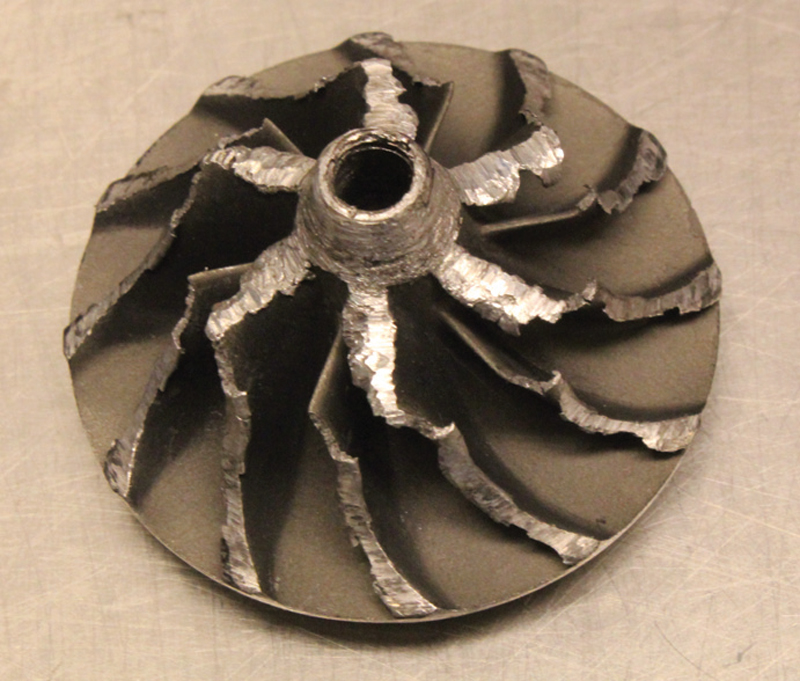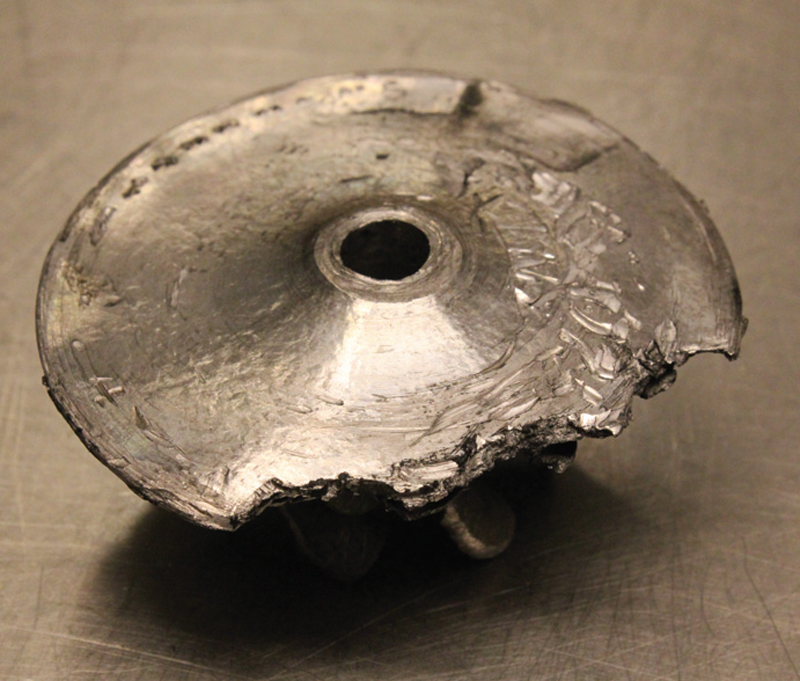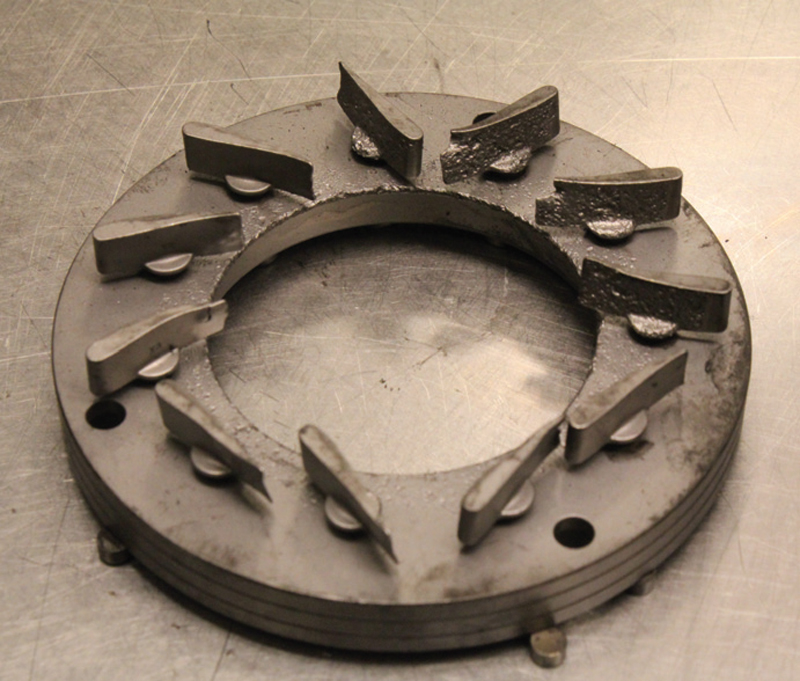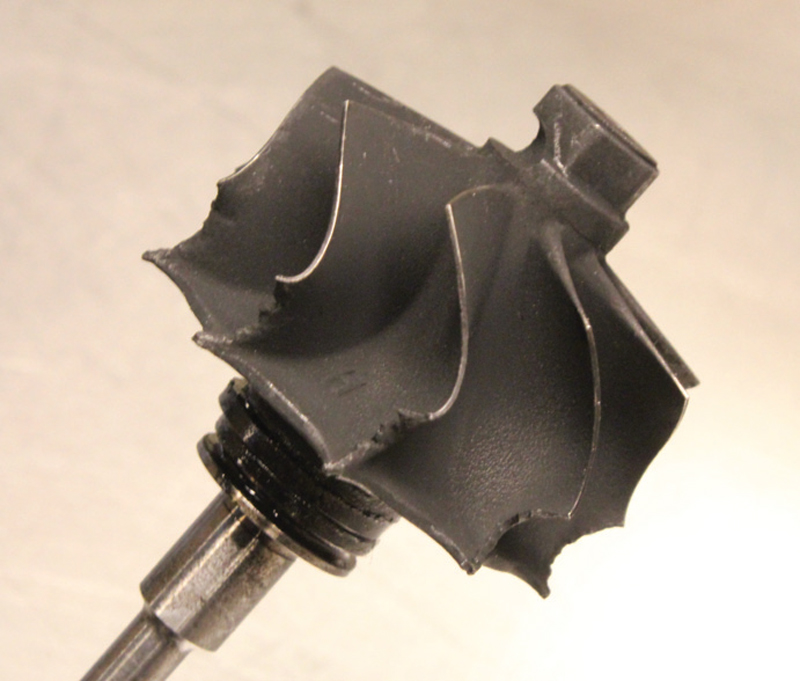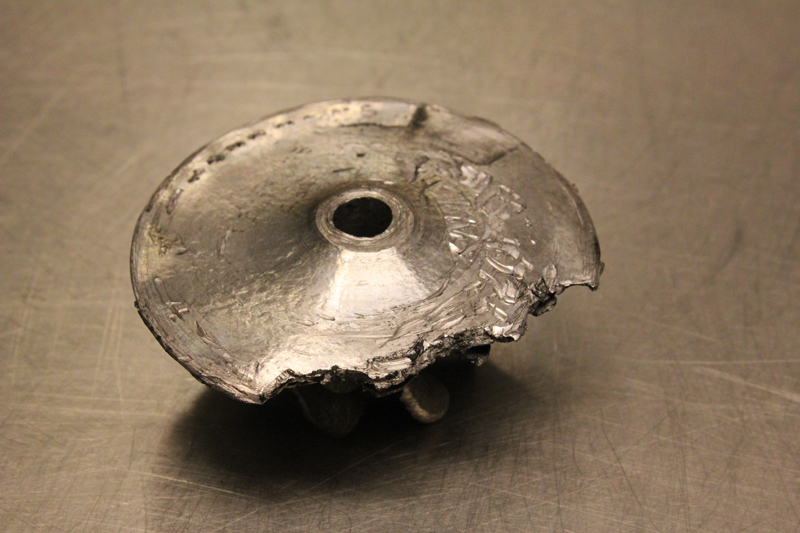
Foreign objects enter the turbocharger either through the compressor, turbine or oil inlet. Nissens outlines some of the most common ways this can happen.
Compressor wheel
- Poor, worn or badly maintained air intake filters allowing particles through
- Damaged piping and connecting, allowing particles to enter the intake
- Gasket fragments entering the intake
- Parts from a previous turbocharger failure not fully removed from the system
- Foreign objects such as screws, nuts and bolts entering the new compressor as a result of negligence
- Turbo overspeeding, causing the compressor wheel to break down
Turbine wheel
- Debris from exhaust manifold, turbine housing or engine parts such as engine valve pistons impacting the turbine wheel and the variable mechanism
- Exhaust contamination by hardened, burned fuel and oil particles, oil sludge, burned additives particles and other coked debris coming from the combustion
Signs of foreign object damage
Look for the following signs when investigating foreign object damage:
- Noise from the turbo during operation
- Loss of performance
- Chipping of compressor or turbine blades
- Pitting around the compressor inlet
- Pitting on the compressor blades
BACKGROUND
The turbocharger is a highly sophisticated and fragile component. It is a turbine-driven device that forces extra air into the engine’s combustion chamber, thus increasing engine efficiency and power output.
The turbocharger operates in extremely demanding and tough conditions: up to 250,000rpm and 1,100°C of hot exhaust.
At these high performance levels, improper working conditions as well as dirt and foreign objects inside the system can very easily damage the turbo.
PROBLEM
The presence of any foreign objects inside the internal operation of the turbocharger can cause immediate and total failure of the turbo.
Commonly, foreign object damage is caused by foreign materials entering the turbine, compressor, or bearing housing, thus impacting the rotating wheels and shaft.
Damages lead to a loss of efficiency and extra noise from the turbo, and, in the worst case scenario: a totally destroyed turbo.
In severe cases of foreign object damage, it is common for the resulting fragmentation of internal components at very high speed to cause instantaneous and irreversible damage to the engine, exhaust system or intercooler. This can cause total engine failure and render a vehicle unfeasible for repair.
RECOMMENDED SOLUTION
Always ensure that the entire air system is totally clean and free from any objects, which may cause the damage to the turbo.
Any splits or gaps in the pipework can pull in unfiltered objects all the way from the air filter box to the turbo including EGR, manifold and engine breather system. Make sure to check that air hoses and connectors are intact and in good working condition.
Using new gaskets helps to prevent the risk of gasket break up and to ensure a perfect seal is also beneficial.
Additionally, the engine oil along with the oil supply and return pipes with fittings should be flushed, changed and thoroughly inspected for evidence of foreign objects.
Always be sure to adopt a methodical approach to removing and cleaning every component after a turbo failure caused by foreign object damage or total breakdown. If you have any doubts, check the system again.
